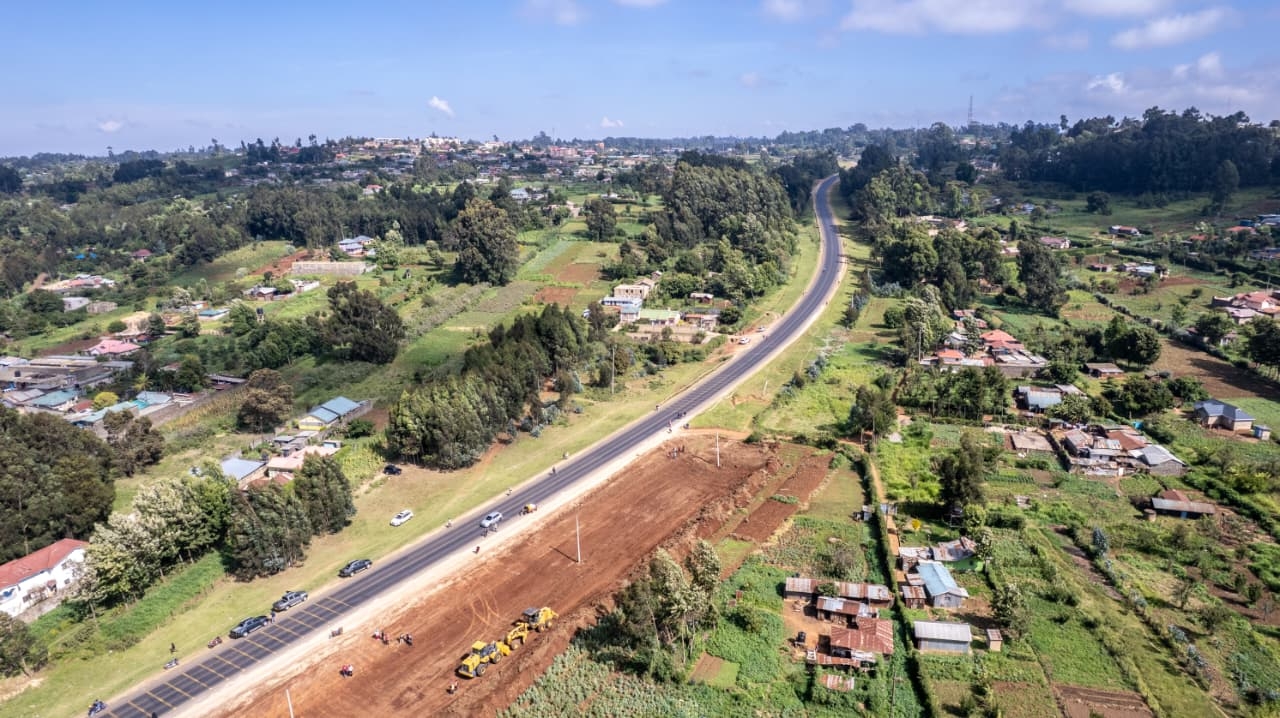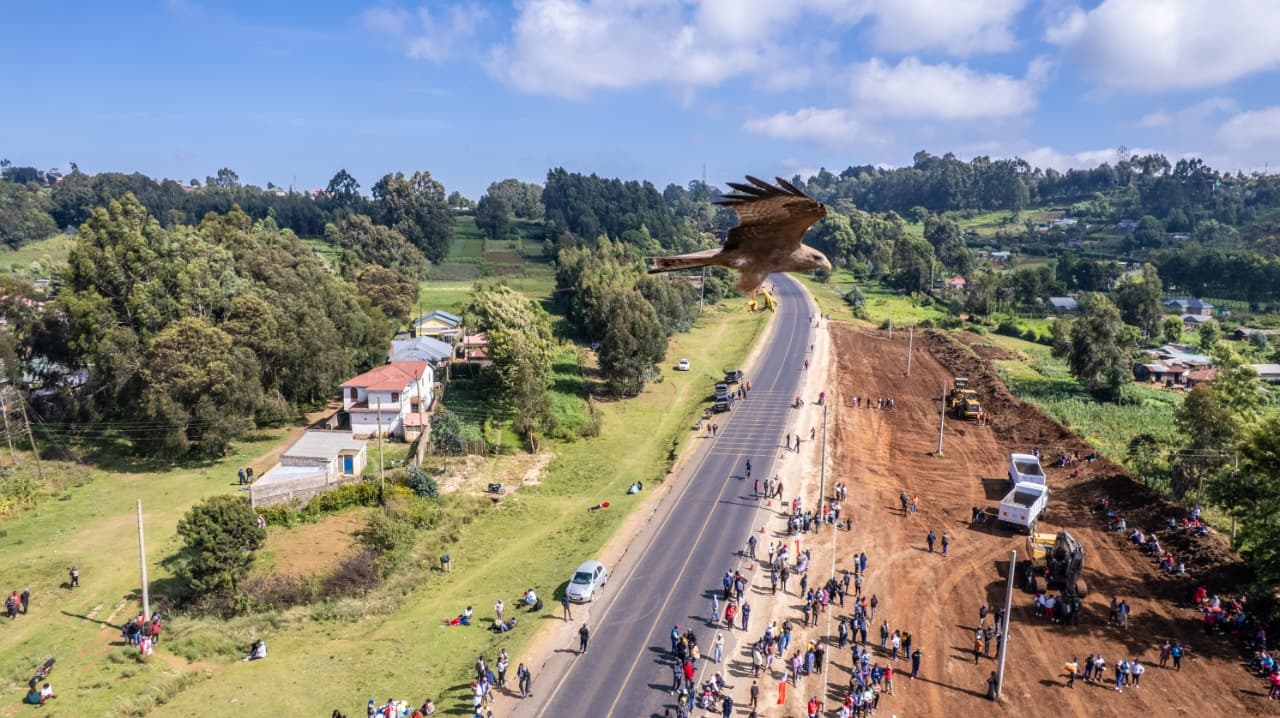The government has announced that the ozone layer is healing, thanks to phasing out depleting substances.
Environment CS Aden Duale said the state is committed to meeting obligations under the Kigali Amendment, which calls for the phasing down of hydrofluorocarbons or HFCs.
HFCs do not contribute to ozone depletion but have global warming potential.
Duale on Monday said Kenya takes great pride in being a committed partner in implementation of the Montreal Protocol.
“We have made significant strides in phasing out ozone-depleting substances. By targeting substances like chlorofluorocarbons and hydrofluorocarbons, which are also potent greenhouse gases, the Montreal Protocol has directly contributed to reducing global warming,” Duale said.
Duale’s speech read was read on his behalf by Climate Change PS Festus Ng’eno during celebrations to mark the 2024 World Ozone Day at the Kenya Meteorological Department, Nairobi.
The UN General Assembly proclaimed September 16 as the International Day for the Preservation of the Ozone Layer to create public awareness.
Duale said even though positive strides have been made, a lot still needs to be done.
“I am, therefore, happy to note that Kenya is in full compliance with phase-out obligations of hydrochlorofluorocarbons and on course to meet the 67.5 per cent reduction target by 2025 under the Montreal Protocol.”
The CS said the impacts of climate change are already being felt, particularly in Africa where extreme weather events such as droughts and floods are threatening livelihoods and food security.
He said the World Ozone Day is an opportunity to further educate the public on the impacts of ozone depletion, identify opportunities to enhance energy efficiency in the cooling sector and mobilise society to address the impacts.
While the need for cooling is rapidly growing in the country, from cold chains for fresh produce to cooling in the transport and hospitality sectors, the government, through policies and legislation, has made considerable efforts to emphasise low global warming potential and energy efficient alternatives.
Duale said his ministry has trained over 1,000 refrigeration and air conditioning service technicians on the safe use of flammable refrigerants during the repair and maintenance of equipment.
More that 200 customs officers have also been trained and other enforcement officers on control measures for ozone-depleting imports and exports.
The ozone layer is the natural shield against the sun’s harmful ultraviolet rays, which can cause severe health risks such as skin cancers.
When the ozone layer is destroyed, the ultraviolet rays from the sun to the earth’s surface are increased.
So dangerous are the radiations that they damage the immune system and increase exposure to skin cancer and development of eye cataracts.
Long-term exposure to high levels of UVB radiation can ruin most animals, plants and microbes.
Marindany Kirui, the coordinator of the National Ozone Unit at the Ministry of Environment, said the country is in the process of preparing the Kigali Amendment implementation plan.
The plan will lay out strategies for the phase-out of hydrofluorocarbons, which are ozone-friendly but global warmers.
The healing of the ozone layer has been attributed to chemicals that were phased out in 2010 and 2015.
Plans are also underway in developing countries to phase out other chemicals with hydrofluorocarbons by 2030.
Kenya as a signatory to the Montreal Protocol is supposed to phase out some of these chemicals by 2026.















